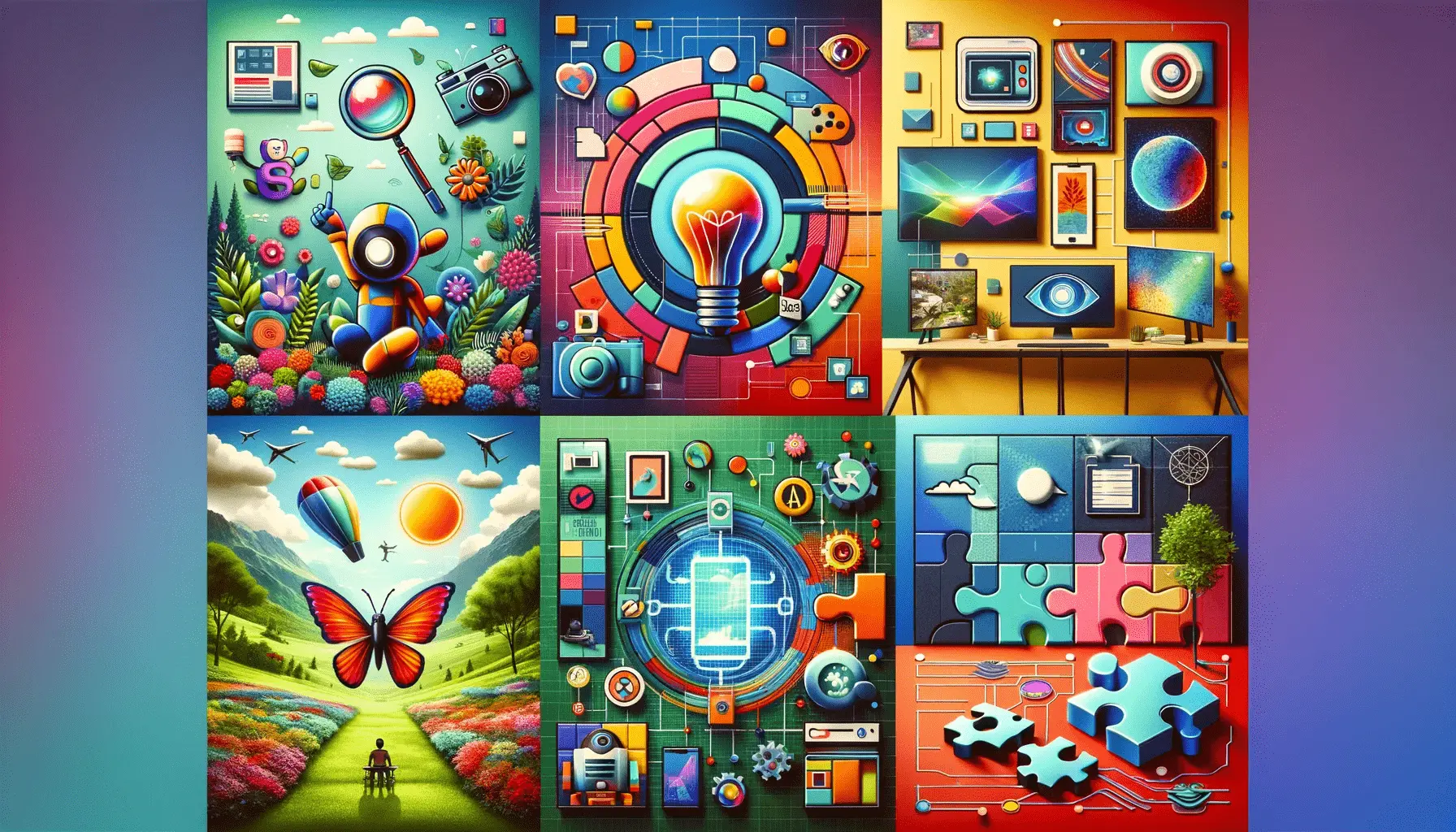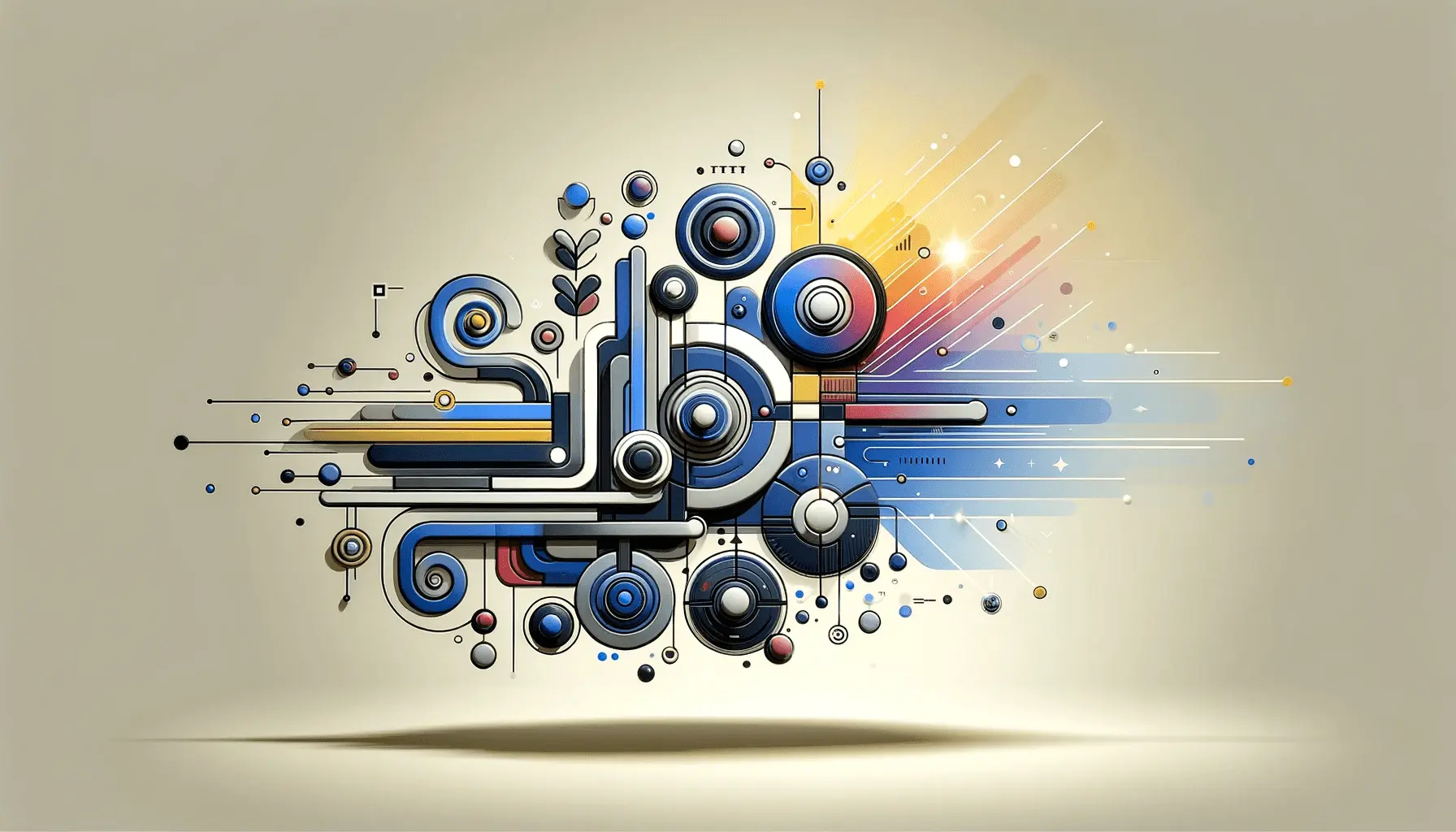Welcome to the world of creative advertising, where the art of storyboarding plays a crucial role in crafting compelling narratives for ads.
In this detailed exploration, we delve into the techniques that make storyboarding an indispensable tool for advertisers, especially in the realm of Google Ads.
Storyboarding is not just about sketching; it’s about bringing a concept to life, ensuring that every frame contributes to the overall message and appeal of the ad.
Storyboarding techniques are essential for visualizing the sequence of events in an advertisement, providing a clear roadmap for production.
This process helps in aligning the vision of the ad with the actual outcome, ensuring that the final product resonates with its intended audience.
Let’s embark on a journey to uncover the top techniques that can transform your storyboarding process, making your ads not just visually appealing but also strategically effective.
- Understanding the Basics of Storyboarding
- Advanced Techniques in Storyboarding for Ads
- Incorporating Visual Metaphors and Symbolism
- Maximizing Impact with Color and Lighting
- Leveraging Movement and Pace in Storyboards
- Integrating Sound and Dialogue Effectively
- Concluding Insights on Storyboarding Techniques for Creative Ads
- Storyboarding Techniques for Creative Ads: FAQs
Understanding the Basics of Storyboarding
Before diving into advanced techniques, it’s crucial to grasp the basics of storyboarding.
This foundational knowledge sets the stage for more complex concepts.
Storyboarding, at its core, is about visual storytelling.
It involves creating a series of sketches or images that map out the narrative of the ad.
These sketches serve as a visual script, guiding the production team on how the ad should unfold, shot by shot.
Effective storyboarding starts with a clear understanding of the ad’s objective and the message it intends to convey.
This clarity helps in creating storyboards that are not only visually compelling but also strategically aligned with the ad’s goals.
It’s about finding the right balance between creativity and practicality, ensuring that the storyboard is both imaginative and executable.
Key Elements of a Basic Storyboard
A basic storyboard includes several key elements that contribute to its effectiveness.
Firstly, it outlines the sequence of events, showing how the narrative will progress.
This sequence is crucial for maintaining a logical flow in the ad.
Secondly, it depicts the camera angles and shots, providing a visual guide for the filming process.
This aspect is essential for ensuring that the visual storytelling aligns with the narrative.
Lastly, a basic storyboard includes notes on dialogue, sound effects, and other audio elements, integrating the auditory aspect of the ad into the visual planning.
Remember, a well-crafted storyboard is the backbone of any successful ad.
It’s the blueprint that guides the entire production process, ensuring that every element of the ad works together to tell a compelling story.
Advanced Techniques in Storyboarding for Ads
Moving beyond the basics, let’s explore some advanced storyboarding techniques that can elevate your ad campaigns.
These techniques focus on enhancing the narrative, visual appeal, and overall impact of your ads.
By integrating these methods, you can create storyboards that not only captivate your audience but also effectively communicate your message.
Advanced storyboarding involves a deeper understanding of visual storytelling and how it can be used to engage the audience emotionally and intellectually.
It’s about using visuals to create a connection with the viewer, making the ad memorable and impactful.
Technique 1: Emotional Storytelling
One of the most powerful techniques in storyboarding is emotional storytelling.
This approach focuses on creating a narrative that resonates with the audience on an emotional level.
By tapping into emotions like happiness, sadness, or excitement, you can create a more profound connection with your audience.
- Identify the core emotion you want to evoke in your audience.
- Use visuals and narratives that align with this emotion.
- Ensure that every frame of your storyboard contributes to this emotional journey.
Technique 2: Dynamic Composition
Another advanced technique is dynamic composition.
This involves using creative and engaging visual compositions in your storyboards.
Dynamic compositions can make your ads more visually interesting and keep the audience engaged.
- Experiment with different camera angles and perspectives.
- Use visual elements like color, contrast, and movement to create a dynamic look.
- Consider the rule of thirds and other compositional techniques to enhance visual appeal.
Incorporating advanced techniques like emotional storytelling and dynamic composition can significantly enhance the effectiveness of your storyboards, making your ads more engaging and memorable.
Incorporating Visual Metaphors and Symbolism
Visual metaphors and symbolism add depth and layers of meaning to your storyboards, making your ads more thought-provoking and engaging.
These elements can transform a simple narrative into a rich, multi-dimensional story that resonates with viewers on various levels.
Using visual metaphors effectively requires a blend of creativity and strategic thinking.
It’s about finding visual elements that not only look appealing but also symbolize deeper concepts or ideas related to your brand or message.
Creating Impactful Visual Metaphors
Visual metaphors involve using imagery to represent abstract ideas or concepts.
The key to creating impactful visual metaphors is to ensure they are easily understandable yet thought-provoking.
- Choose imagery that has a clear connection to the concept you’re trying to convey.
- Ensure that the metaphor aligns with the overall tone and message of the ad.
- Use creativity to make the metaphor unique and memorable.
Utilizing Symbolism in Storyboards
Symbolism involves using symbols to represent ideas or qualities.
In storyboarding, symbolism can be used to subtly convey messages or reinforce the ad’s theme.
- Identify symbols that resonate with your target audience and align with your brand values.
- Incorporate these symbols naturally into the storyboard, ensuring they complement the narrative.
- Use symbolism consistently throughout the storyboard to reinforce the ad’s message.
Remember, the use of visual metaphors and symbolism should enhance the narrative without overpowering it.
They should be integrated seamlessly into the storyboard, adding depth to the story without causing confusion.
Maximizing Impact with Color and Lighting
Color and lighting play a pivotal role in storyboarding, especially in the context of advertising.
These elements are not just aesthetic choices; they carry significant psychological impact, influencing how viewers perceive and react to the ad.
Understanding the psychology of color and the nuances of lighting can greatly enhance the effectiveness of your storyboards.
These elements can set the mood, emphasize important aspects of the ad, and create an emotional resonance with the audience.
The Psychology of Color in Storyboarding
Color psychology is a powerful tool in advertising.
Different colors evoke different emotions and associations, which can be leveraged to reinforce the message of your ad.
- Choose colors that align with the emotional tone of the ad.
- Consider cultural associations with colors to ensure relevance to your target audience.
- Use color contrasts to draw attention to key elements of the storyboard.
Effective Use of Lighting
Lighting is another crucial element in storyboarding.
It can be used to create atmosphere, highlight important details, and guide the viewer’s focus.
- Use lighting to set the mood of the ad, whether it’s bright and cheerful or dark and dramatic.
- Highlight key elements of the ad with strategic lighting choices.
- Consider the direction and quality of light to add depth and texture to your visuals.
Proper use of color and lighting can significantly enhance the emotional impact and visual appeal of your ads, making them more engaging and effective.
Leveraging Movement and Pace in Storyboards
Movement and pace are critical components in the world of storyboarding, particularly for ads.
They dictate the rhythm of the narrative and can greatly influence the viewer’s engagement and emotional response.
Mastering the art of controlling movement and pace can transform a static storyboard into a dynamic and compelling visual story.
Understanding how to effectively use movement and pace involves more than just arranging scenes; it’s about creating a flow that guides the viewer through the ad, building anticipation and interest.
Utilizing Movement for Emotional Impact
Movement within a storyboard can be a powerful tool to convey emotions and energy.
It can be used to symbolize change, progress, or stability, depending on the narrative of the ad.
- Use movement to mirror the emotional journey of the ad, such as fast-paced action for excitement or slow, deliberate movements for introspection.
- Incorporate transitional movements between scenes to maintain a fluid narrative flow.
- Consider how movement can be used to highlight key moments or messages in the ad.
Controlling Pace for Narrative Effectiveness
The pace of a storyboard affects how the story unfolds and how the audience processes information.
A well-paced storyboard keeps the viewer engaged from start to finish.
- Vary the pace to maintain viewer interest, using faster sequences for high-energy moments and slower ones for emotional depth.
- Ensure that the pace aligns with the overall tone and message of the ad.
- Use pacing to create a sense of urgency or relaxation, depending on the ad’s objective.
Effective use of movement and pace in your storyboards can make your ads more dynamic and engaging, ensuring that your message is not just seen but felt by the audience.
Integrating Sound and Dialogue Effectively
Sound and dialogue are often overlooked in storyboarding, especially when the focus is predominantly on visual elements.
However, integrating sound and dialogue effectively can greatly enhance the storytelling power of your ads.
These auditory elements add another layer of depth, making the ad more immersive and impactful.
Effective integration of sound and dialogue in storyboards requires careful planning and creativity.
It’s about choosing the right sounds and words that complement the visual narrative and enhance the overall message of the ad.
Choosing the Right Sound Elements
Sound elements in a storyboard can range from background music to sound effects.
The right choice of sound can set the tone of the ad and evoke specific emotions in the audience.
- Select background music that aligns with the mood and theme of the ad.
- Use sound effects to add realism and depth to the visual elements.
- Consider the timing and volume of sound elements to ensure they complement rather than overpower the visuals.
Effective Use of Dialogue
Dialogue in ads needs to be concise, impactful, and aligned with the visual story.
It should enhance the narrative without distracting from the visual elements.
- Write dialogue that is clear, engaging, and relevant to the ad’s message.
- Use dialogue to provide information, convey emotions, or drive the narrative forward.
- Ensure that the dialogue syncs well with the visual elements and pacing of the storyboard.
Integrating sound and dialogue effectively in your storyboards can create a more holistic and engaging ad experience, making your message resonate with the audience on multiple levels.
Concluding Insights on Storyboarding Techniques for Creative Ads
In the realm of advertising, particularly in the dynamic space of Google Ads, mastering storyboarding techniques is not just an artistic endeavor but a strategic necessity.
Through this comprehensive exploration, we’ve delved into various facets of storyboarding, each contributing significantly to creating ads that are not only visually captivating but also emotionally resonant and strategically effective.
Summarizing Key Storyboarding Strategies
The journey through advanced storyboarding techniques reveals a tapestry of skills and approaches essential for any advertiser aiming to make an impact.
From the foundational aspects of understanding basic storyboard elements to the nuanced application of color, lighting, and sound, each technique plays a pivotal role in crafting ads that tell a story, evoke emotions, and drive engagement.
- Emotional storytelling and dynamic composition elevate the narrative.
- Visual metaphors and symbolism add depth and layers of meaning.
- Color and lighting set the mood and emphasize key aspects.
- Movement and pace control the rhythm and engagement level.
- Sound and dialogue integration create a more immersive experience.
Final Thoughts on Storyboarding for Effective Advertising
As we conclude, it’s clear that storyboarding techniques are not just tools but powerful storytelling elements that, when used skillfully, can transform a simple ad into a compelling narrative.
The art of storyboarding in advertising, especially within the context of Google Ads, demands creativity, precision, and a deep understanding of the audience’s psyche.
By employing these techniques, advertisers can create ads that not only capture attention but also leave a lasting impression, driving both engagement and action.
In the ever-evolving landscape of digital advertising, staying abreast of these storyboarding techniques is crucial.
They are the building blocks for creating ads that resonate, influence, and ultimately succeed in the competitive world of online marketing.
For anyone looking to excel in the art of advertising, mastering these storyboarding techniques is not just an option; it’s an imperative.
Your campaigns can be managed by an agency specialized in Google Ads, check out our service page.
Storyboarding Techniques for Creative Ads: FAQs
Delve into the frequently asked questions about storyboarding techniques for creative ads, offering insights and practical tips to enhance your advertising strategies.
Key elements include a clear narrative sequence, detailed visual descriptions, camera angles, and notes on dialogue or sound effects.
Color psychology in storyboarding sets the mood, evokes emotions, and highlights key elements, enhancing the ad’s impact.
Lighting sets the atmosphere, directs focus, and adds depth, crucial for creating the desired emotional response in ads.
Movement and pace control the narrative rhythm, engaging viewers and emphasizing key moments in the ad’s storyline.
Visual metaphors add depth and layers of meaning, making ads more thought-provoking and memorable for the audience.
Integrate sound and dialogue to complement visuals, enhance narrative, and create a more immersive ad experience.
An effective storyboard for ads is clear, visually compelling, and aligns with the ad’s goals, ensuring impactful storytelling.
Use symbolism to subtly convey messages and reinforce themes, ensuring it complements the narrative without causing confusion.










